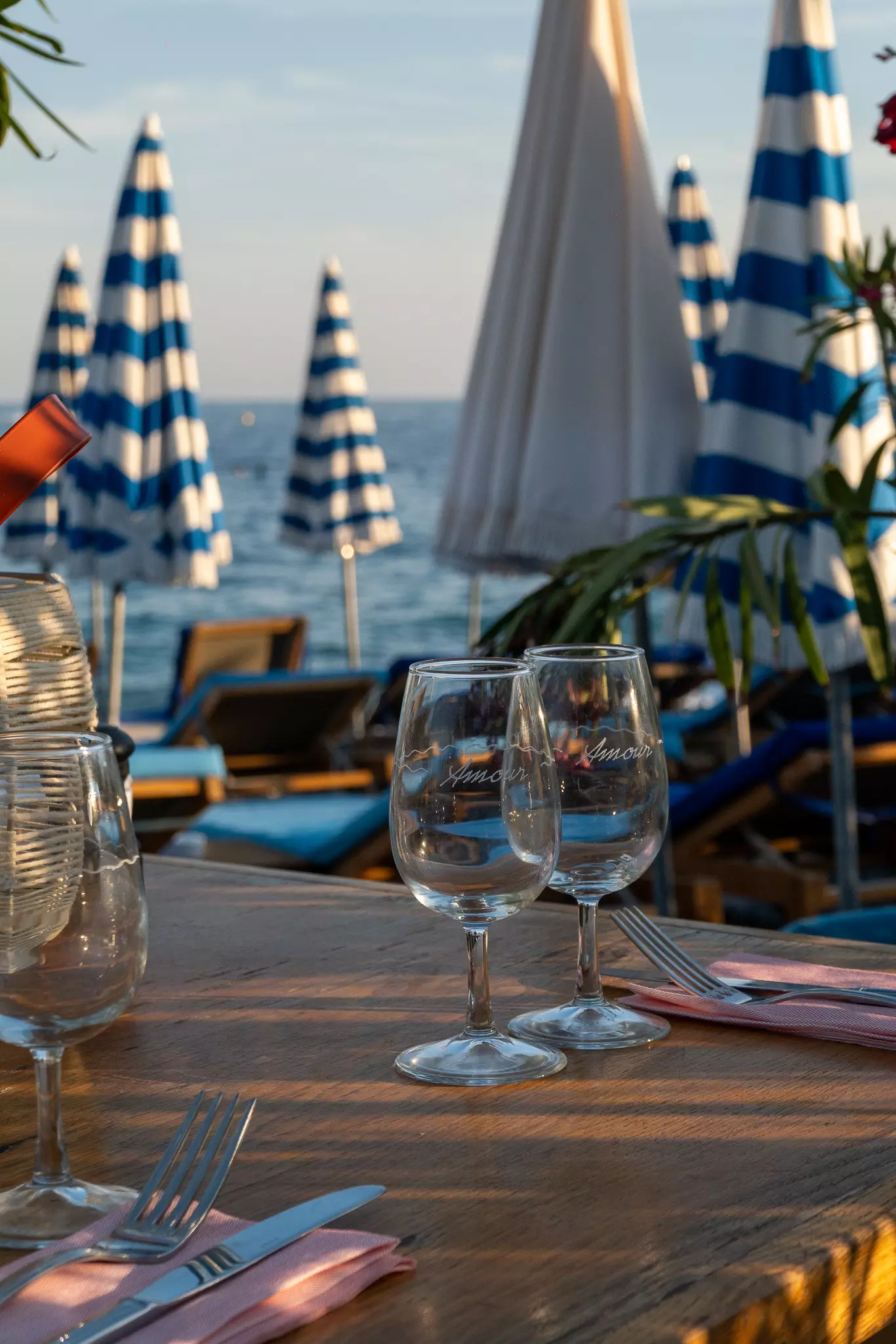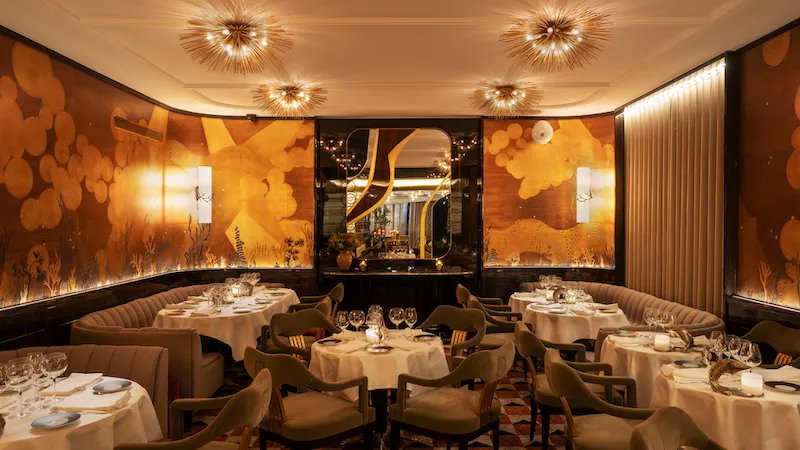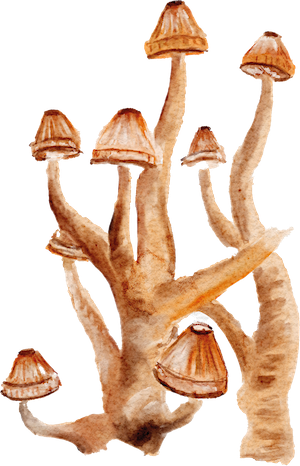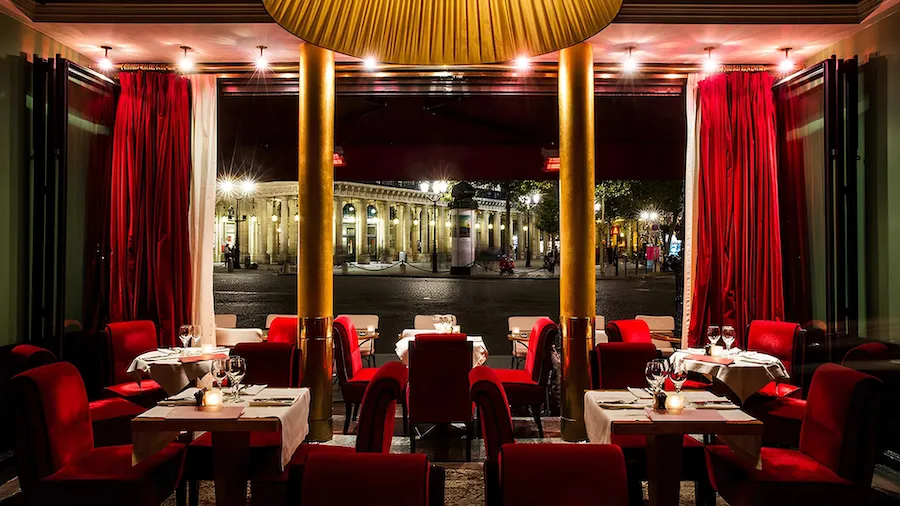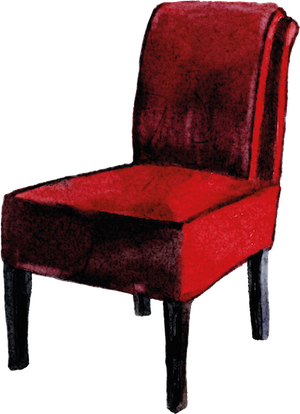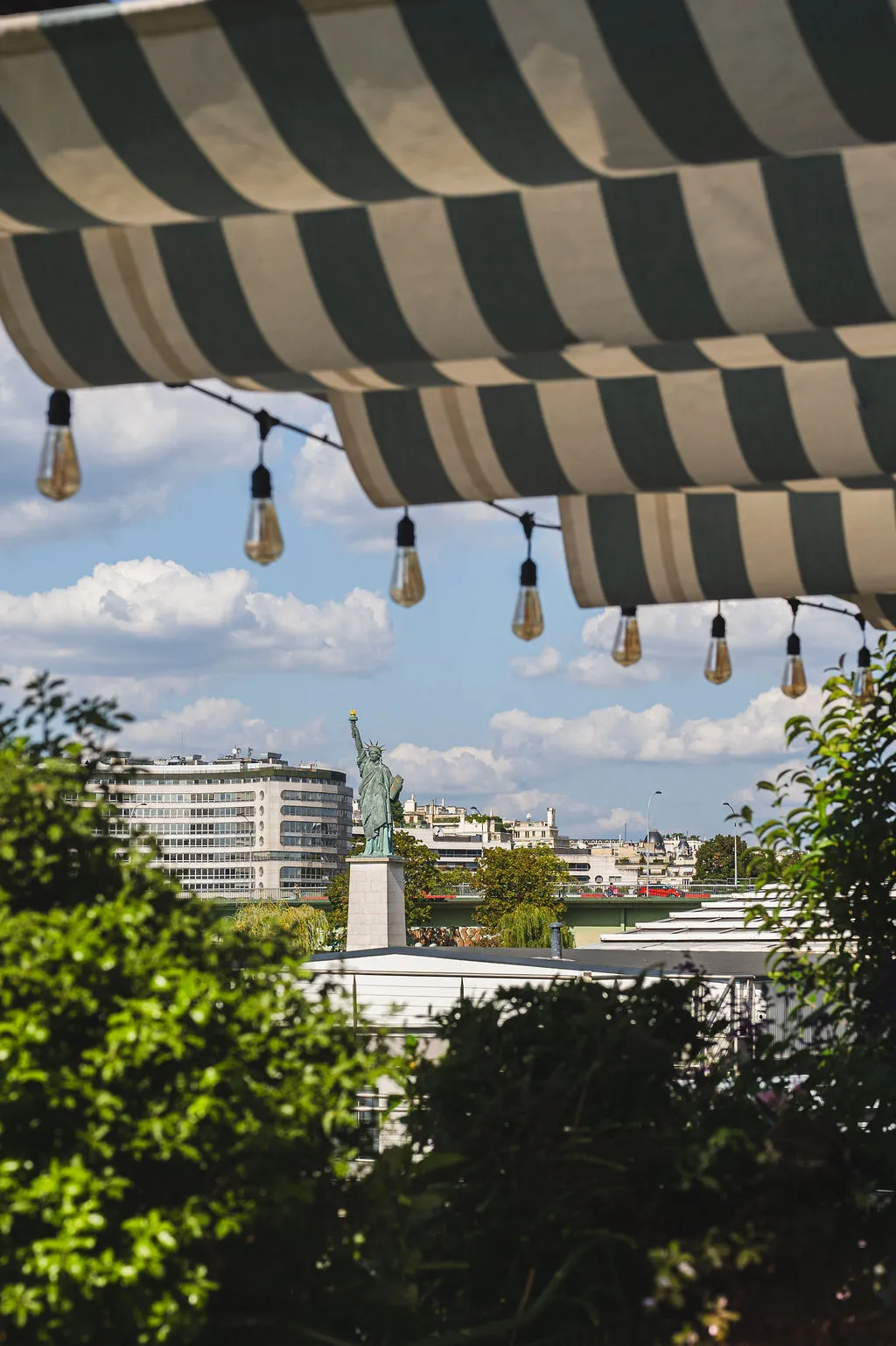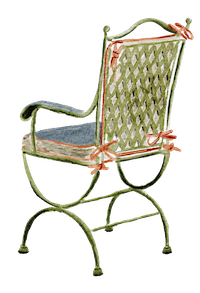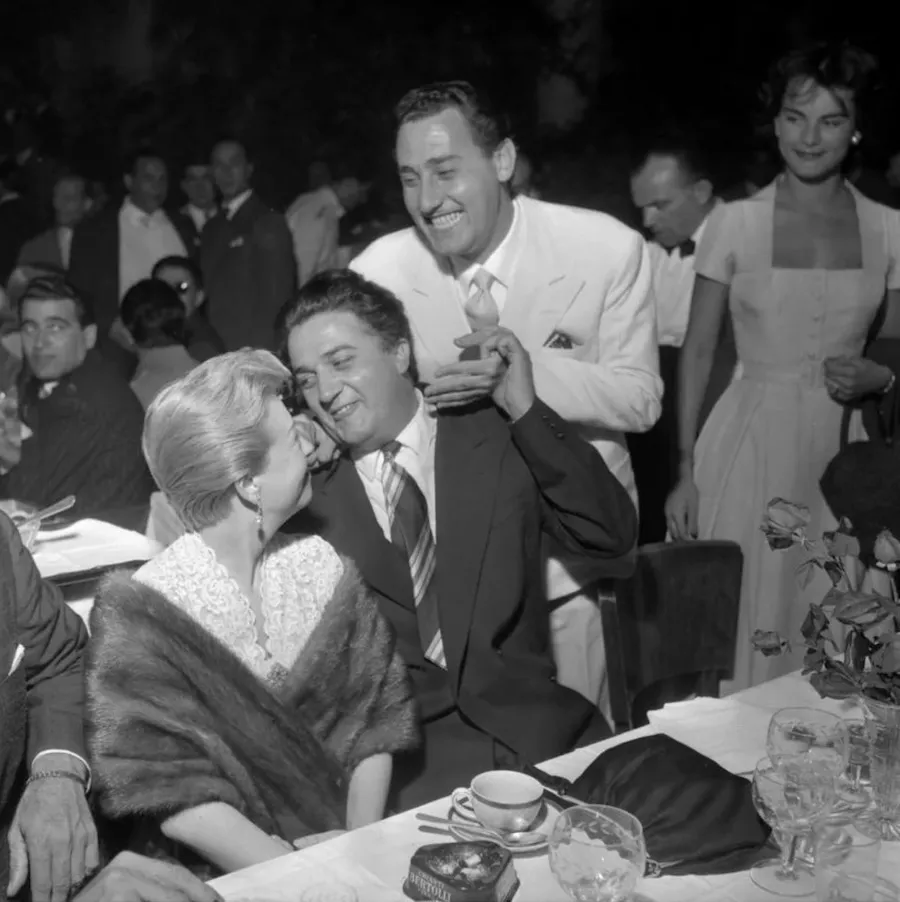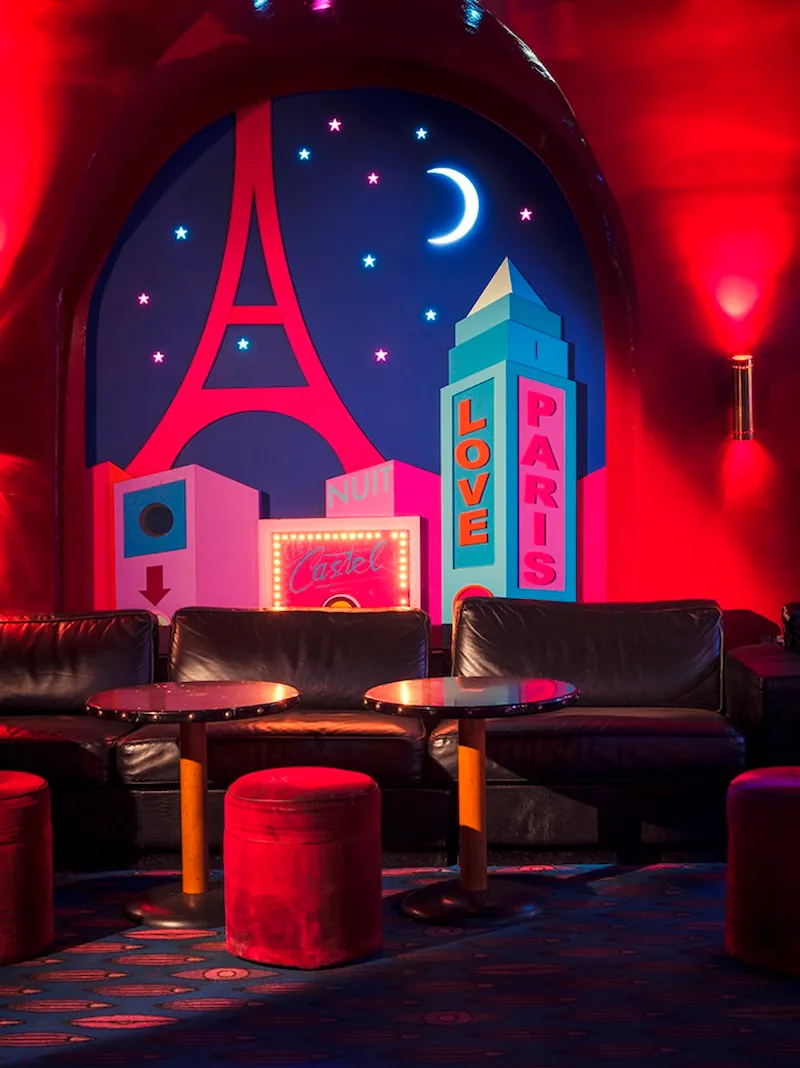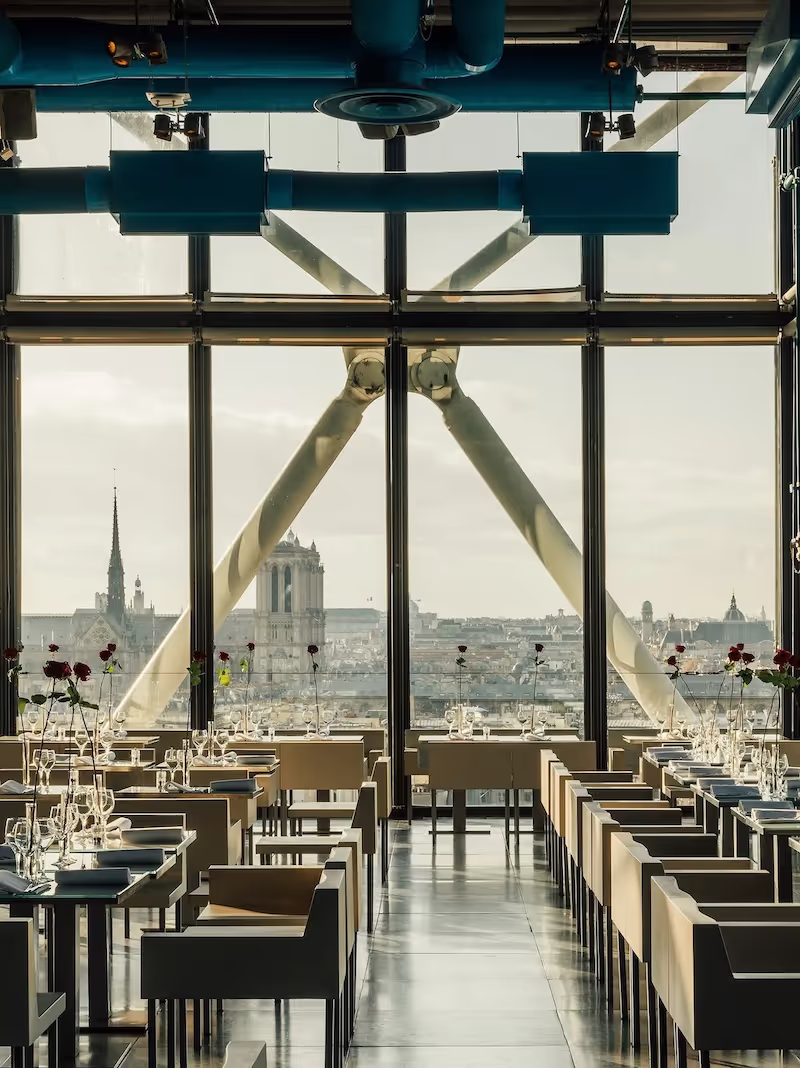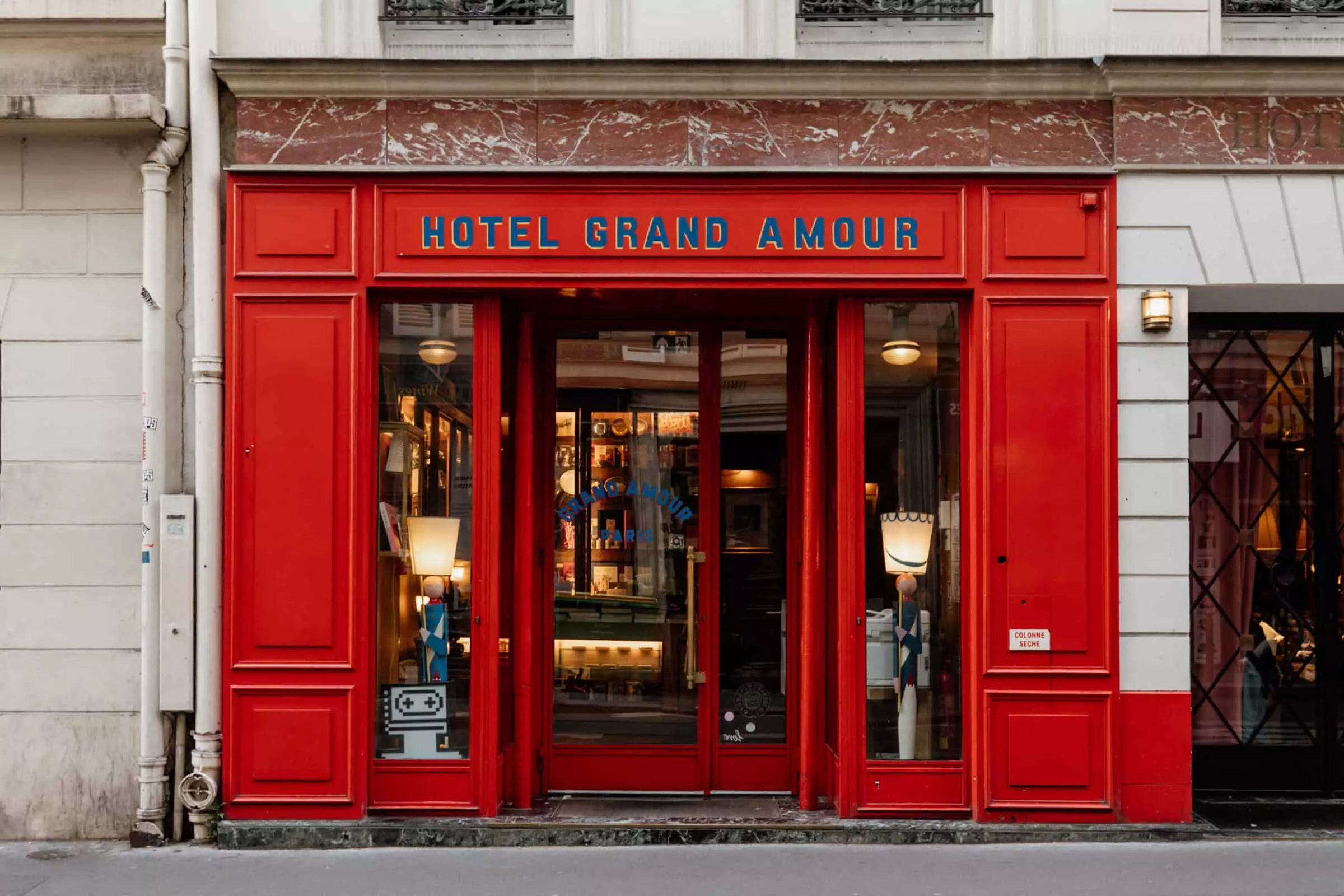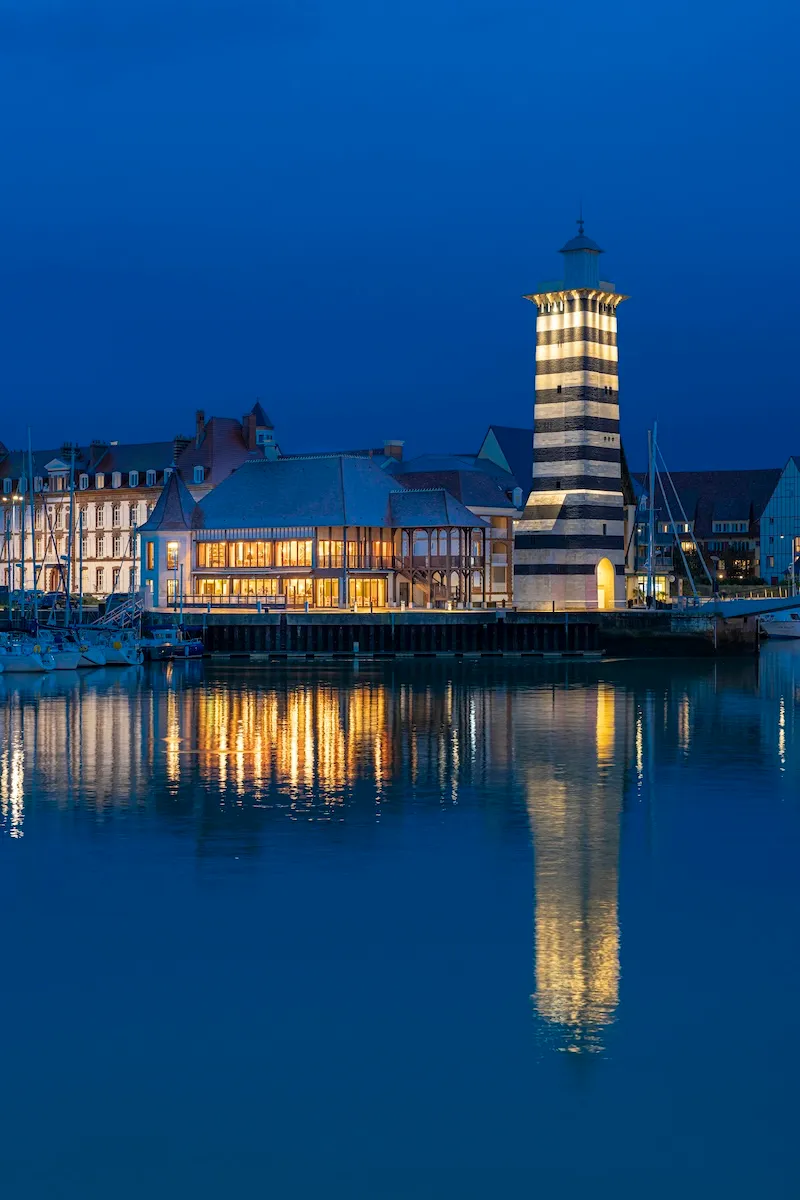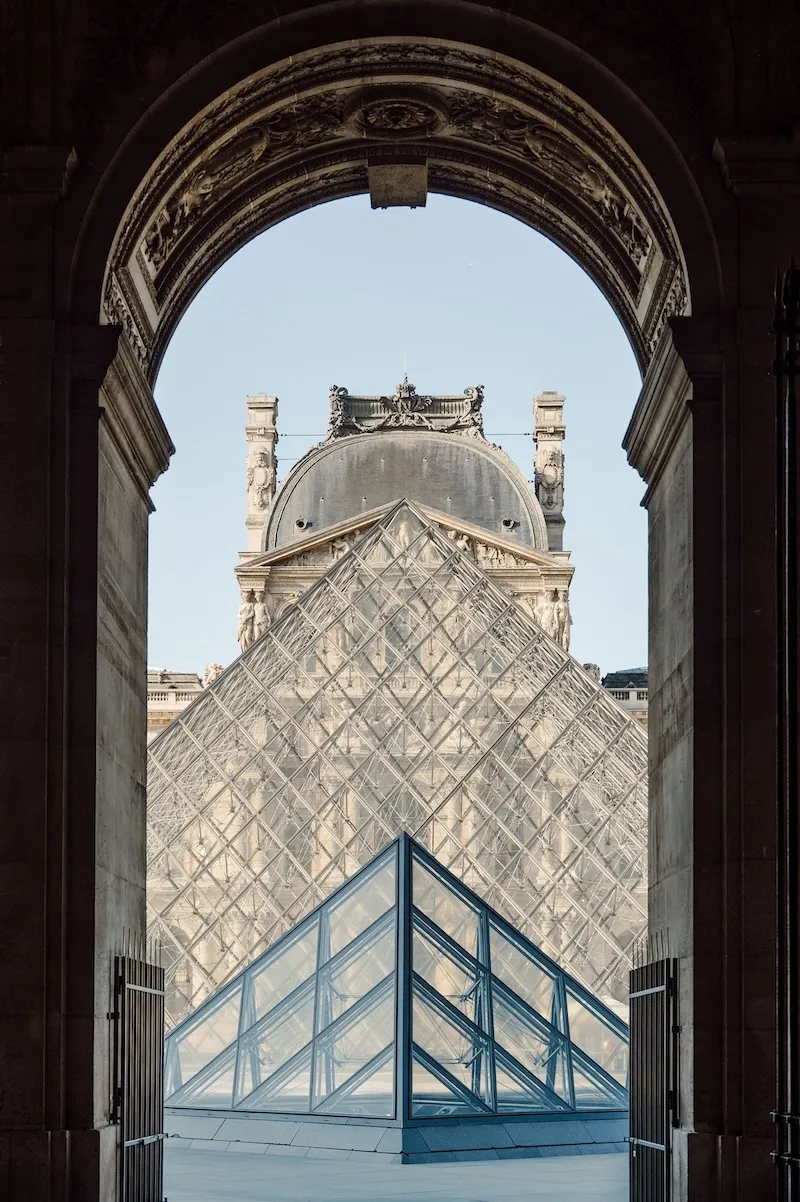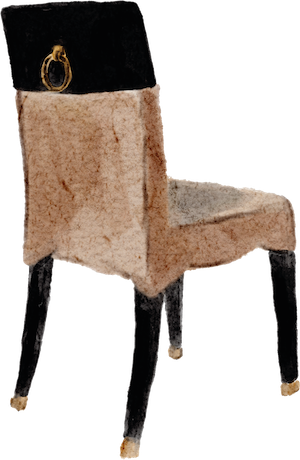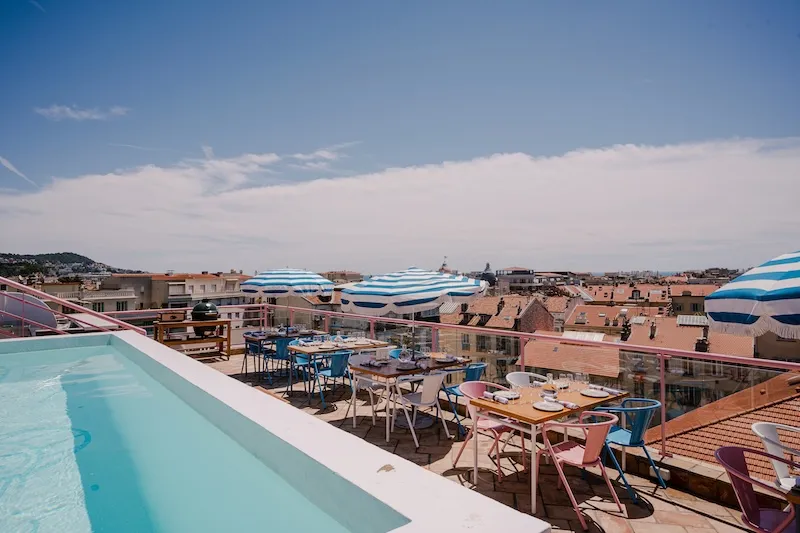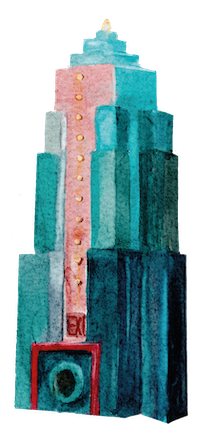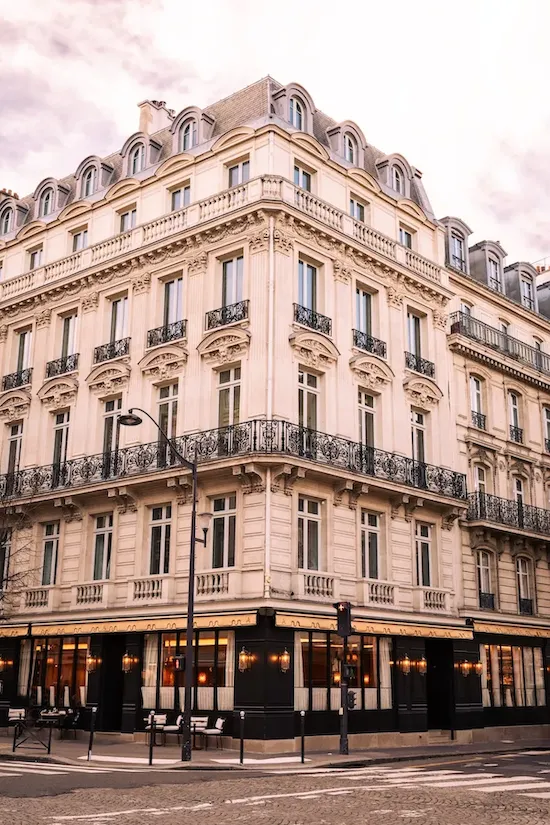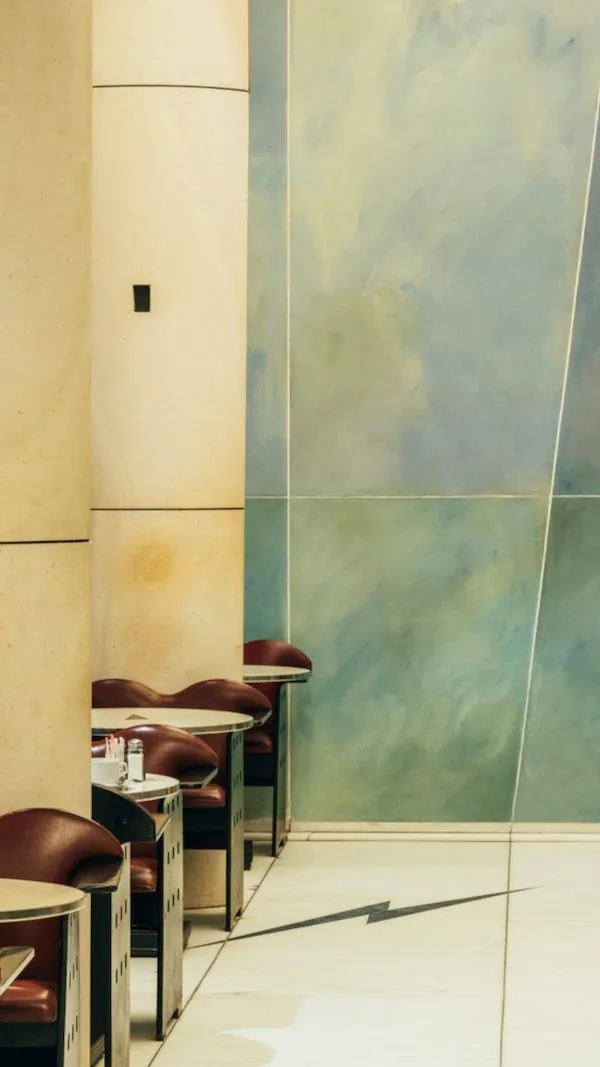
Café Beaubourg

Facing the Pompidou Center, Café Beaubourg is one of the emblematic events in Paris.
Designed by Christian de Portzamparc, its iconic architecture from the 90s — graphic lines, open volumes and bright light — illustrates Beaumarly's DNA, where each house combines design and lifestyle. A den of artists and creators, marked by the passages Jean-Michel Othoniel or Philippe Sollers, the place remains a lively and inspiring scene.
As for the plate, the menu celebrates the French brasserie spirit with quality, gourmet and carefully executed dishes, to be enjoyed on the terrace in the sun, on the mezzanine in a quiet area or in the lively atmosphere of the room.
More than an address, Café Beaubourg is a timeless place, where aesthetics, conviviality and Parisian gastronomy meet.
Restaurant information
Every day from 8:00 a.m. to 1:00 a.m.
Online booking
or by phone: +331 48 87 63 96
designer (s)
CHRISTIAN DE PORTZAMPARC
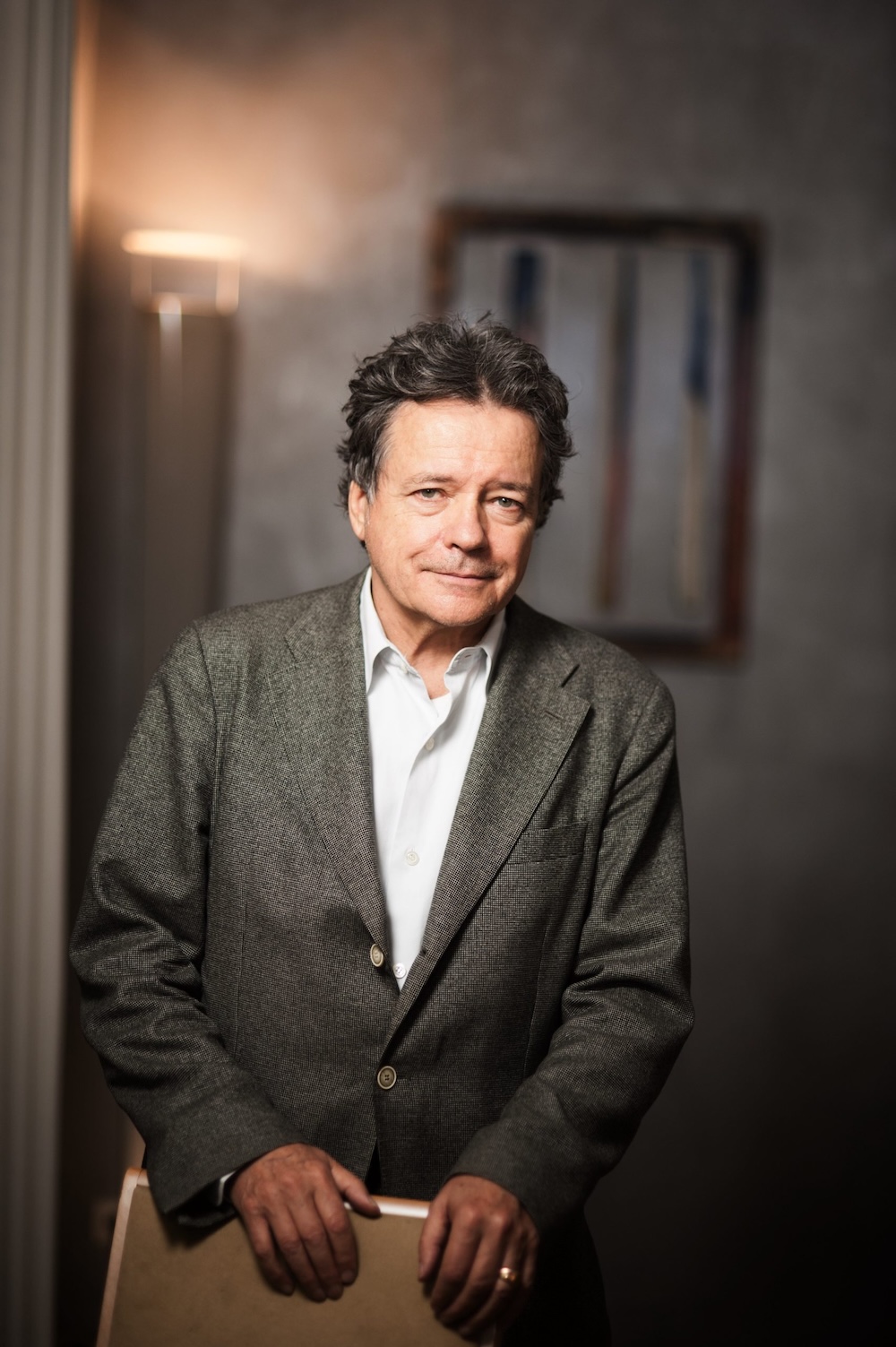
Christian de Portzamparc, the first French architect to win the Pritzker Prize in 1994, has always been committed to questioning the city and its forms. He is responsible for such iconic achievements as the Cité de la Musique, the Paris La Défense Arena or the Dior flagships in Seoul and Geneva.
Long before these major works, in the mid-1980s, he met Gilbert Costes, who was then looking for a visionary architect to imagine Café Beaubourg. The challenge is significant: to bring together in a single place a fragmented space, divided between several buildings, and to make it a singular address, facing the Pompidou Center.
This project marks the beginning of a decisive collaboration. Portzamparc is rising to the challenge by giving Café Beaubourg a strong identity, at the crossroads of architecture and Parisian life. A founding adventure that the architect will later tell in the book Beaumarly Paris, published by Éditions Assouline in 2017.
“I think I met Gilbert Costes in December 1985.
It was with Bernadette and Philippe Lebois, friends of Élizabeth, my wife. Gilbert then explains to me that he has just bought shops near the Georges-Pompidou Center, a tobacco shop and a creamery, among others. He would like to reunite the sites and, later, when he has made them profitable, he plans to do more ambitious work. He asks me if I have an idea...
So I hesitated to get involved in this Café Beaubourg project. I have just won the very big project for the Cité de la Musique, I have an enormous amount of work ahead of me.
It was Elizabeth who encouraged me to do it: “It's a real encounter with the public!” It is true that, for the first time, I could make a place that would exist for itself, unlike these places where we go for other reasons (dance school, museum...). So, in the week, I immediately draw up the ambitious project of a room crossing the three buildings, with the idea that it is better to design a large and superb place from the start. It's a simple line drawing. On Friday, I show it to Gilbert. In my idea, the entrance and the staircase that give access to the apartments in the building and thus cut the space in two, must be moved... It's quite crazy, but Gilbert is enthusiastic, even if he says: “It changes all my plans a bit...”
The following Tuesday, he called me and told me that the bankers agreed to follow him on this project. The idea for me is to make a place where you can feel good when you are alone, but also when there are people, to create spaces where you can see what is happening, and show yourself if you want to... This project was important for me because it was the first time that the painter joined the architect.

So I start working with a certain ambition since the columns are cut in Spain, and the green concrete staircase is made in one piece, by making wooden hulls like boats, as molds, which occupied the entire floor. We are even reworking each wall of these ancient, very fragile buildings, where nothing is parallel. As a result, the project is taking much longer than expected, exceeding all forecasts. It will in fact take a full year to give birth to coffee...
Meanwhile, Gilbert, worried, decided to buy with his brother Jean-Louis and his sister Geneviève, the business facing the future café, which sold posters and postcards. Indeed, this angle benefits from the sun and could have welcomed a formidable competitor. The tension is great but, luckily, as soon as it opens, the world comes in numbers. Even upstairs, the mezzanine attracts other types of people, for more intimate appointments or business meetings. It must be said that Café Beaubourg is at the intersection of various neighborhoods and was inaugurated at a singular moment, during a certain revival of Les Halles. It is hard to imagine today what condition this place in Paris was in in the 1970s: a vast chaotic area, like a wound in the heart of the city... Café Beaubourg came at the right time and made a name for itself.
It is a project that remains important for me today because of the work of materials and colors, directly linked to the watercolors that I was doing elsewhere - an approach that will be found in my later work. I also remember working on furniture, chairs and tables, for example when I created a table that was much lower than usual and Gilbert still found it “a bit too low”...
Also all the work on acoustics - an invisible work but which is important: all the lines dug, as well as the holes in the columns are directly linked to glass wool, allowing a strong attenuation of noise. Café Beaubourg remains a place that is particularly important to me.
When I received the Pritzker Prize in 1994, Elizabeth took me there because it was also my birthday. So I expected to meet some good friends there... But she had booked the entire Café Beaubourg and everyone had come to celebrate the award with me! An unforgettable moment and a place that is now part of my story forever.”
JEAN-MICHEL OTHONIEL
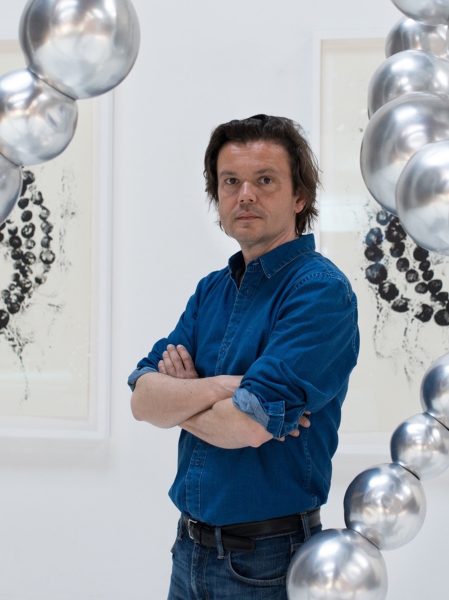
Familiar of Café Beaubourg. Since the end of the 1980s when all the artists met there, opposite the Pompidou Center, Jean-Michel Othoniel has nestled his Lacan Knots, nickel-plated bronze sculptures, in the libraries on the ground floor. Jean-Michel Othoniel likes to work with matter in different ways: preferring materials whose properties are reversible, he begins his work with raw materials such as sulfur and copper to observe their metamorphoses and sublimations. It was while traveling to the Aeolian Islands in 1992 that he discovered the natural glass of volcanoes and then began to explore its properties. Since then, Jean-Michel Othoniel has continued to create and exhibit. His creations went beyond private orders, the Paris City Hall and the Louis Vuitton Foundation gave him free rein when they asked him to modernize the Palais Royal Metro exit. His name was then on the lips of all Parisians looking for the latest design trends and it is today on a global scale that the name of Jean-Michel Othoniel makes sense.
